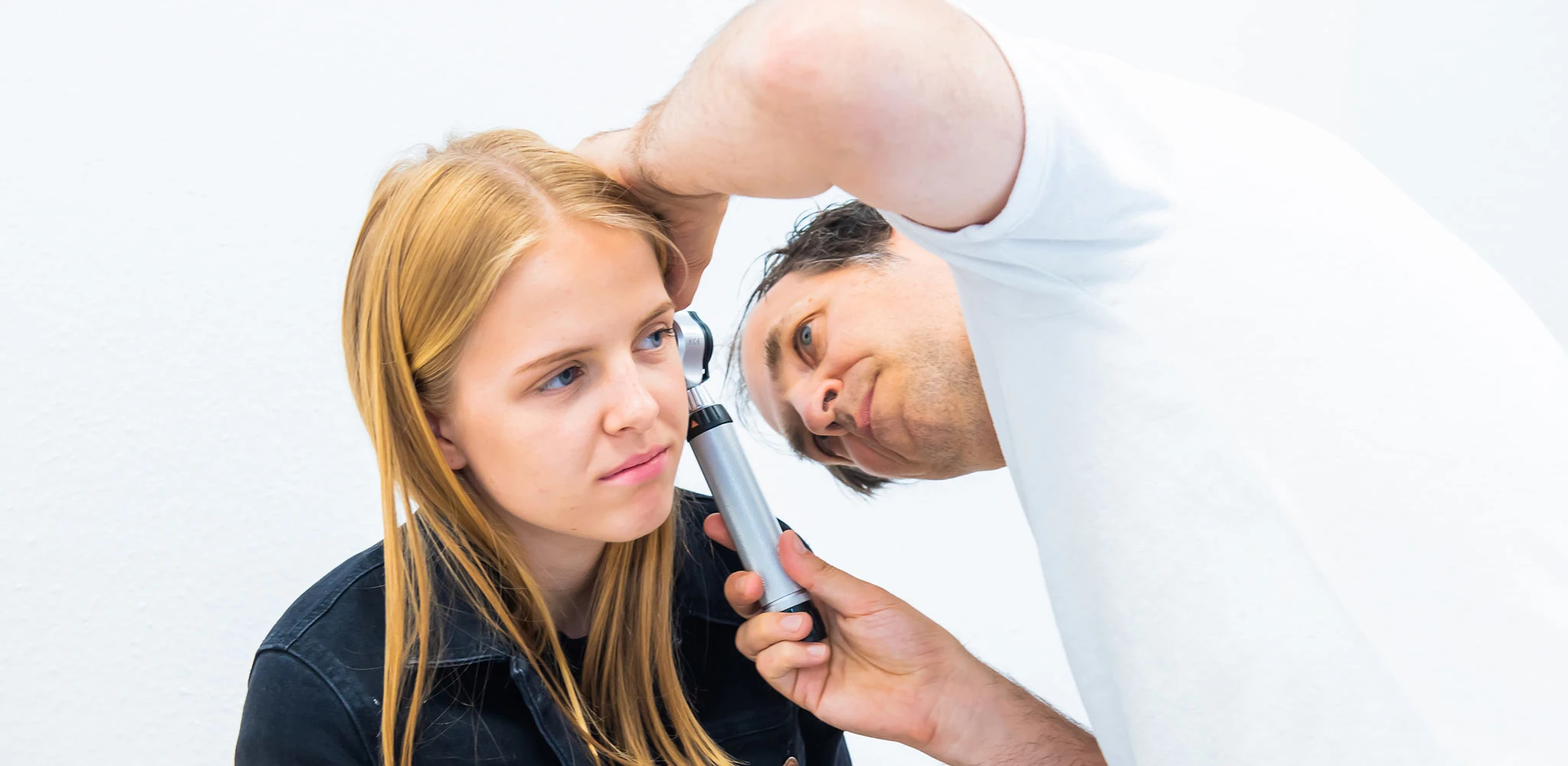The annoying ticks
My conclusion after almost 15 years as a paediatrician in private practice: tick-borne diseases are probably the most overestimated health risk - at least from the parents' point of view.
It starts again every spring: ticks spread across meadows and forests. And yes, they sometimes attach themselves to our children's bodies. But there's no need to panic. Playing in nature is important for children. Refraining from doing so because of ticks is not an option. Of course, you can try to keep the little bloodsuckers away: with protective clothing and/or anti-tick spray. We have a good recipe for a purely natural remedy in our practice.
And if your child does get one? The most important rule: the shorter the tick is attached, the less likely it is to transmit pathogens. In the case of borrelia in particular, it is assumed that it takes at least twelve hours before the pathogens can be transmitted. It is therefore helpful to check children for ticks in the evening.
How do you remove a tick? Ideally with tick tweezers or a tick card, as this is the least likely way to squeeze the tick. Tweezers can also be used if necessary (if possible, grasp between the tick's body and the skin). Important: If parts of the biting tool remain in the skin - leave them there. Normally these "work" themselves out, similar to a small splinter. The risk of infection is not increased by the remnants, so "picking them out" is just unnecessary stress for the child and parents.
My advice: Do not send the ticks to the laboratory. It's expensive - and you're often as smart afterwards as you were before. If the animal is carrying borrelia, this does not mean that it has been transmitted to humans. And if they have been transmitted, this does not mean that an infection has been triggered. There is only certainty in the event that no borrelia are found.
Lyme disease: In children, Lyme disease usually heals completely with antibiotic treatment. The most common form is characterised by the so-called migratory rash: a circular rash, usually around the bite site, sometimes also in other places, which grows centrifugally and usually appears after three days at the earliest, possibly only after two to three weeks. In children, neuroborreliosis usually manifests itself as so-called fascial paralysis, a paralysis of parts of the facial muscles, which usually heals completely with antibiotic treatment.
Early removal of the tick is the best protection against Lyme disease. Lyme disease is more common than TBE and is very treatable.
TBE: Parents often ask for a TBE vaccination for their child, but are not vaccinated themselves. Severe cases, which can be accompanied by neurological damage, do not actually occur in children under the age of 10, but only in adults and adolescents. And even then rarely. Vaccination is recommended in Germany from the age of 3 (in Switzerland from 6), in my opinion it is completely sufficient at primary school age.
Conclusion: Get out into the woods and meadows. Look at children in the evening, remove ticks, stay calm and of course ask your paediatrician if you have any symptoms or are unsure.
Further interesting tips
Neurodermatitis 1
Dry, itchy, sometimes inflamed skin - this can be neurodermatitis, but it doesn't have to be. Because as important as this condition is, it can also be complicated to recognise and treat. Because there's so much to say about it, we're making two videos and factsheets on the subject.
Autimus spectrum disorder
There is hardly a clinical picture in which misinformation, myths and rumours play such an important role as in autism spectrum disorder (ASD). Time for a categorisation from the doc.
Adeonide
Is your toddler breathing strangely? Then enlarged adenoids could be responsible. We explain what this is all about - and what you can do about it.
